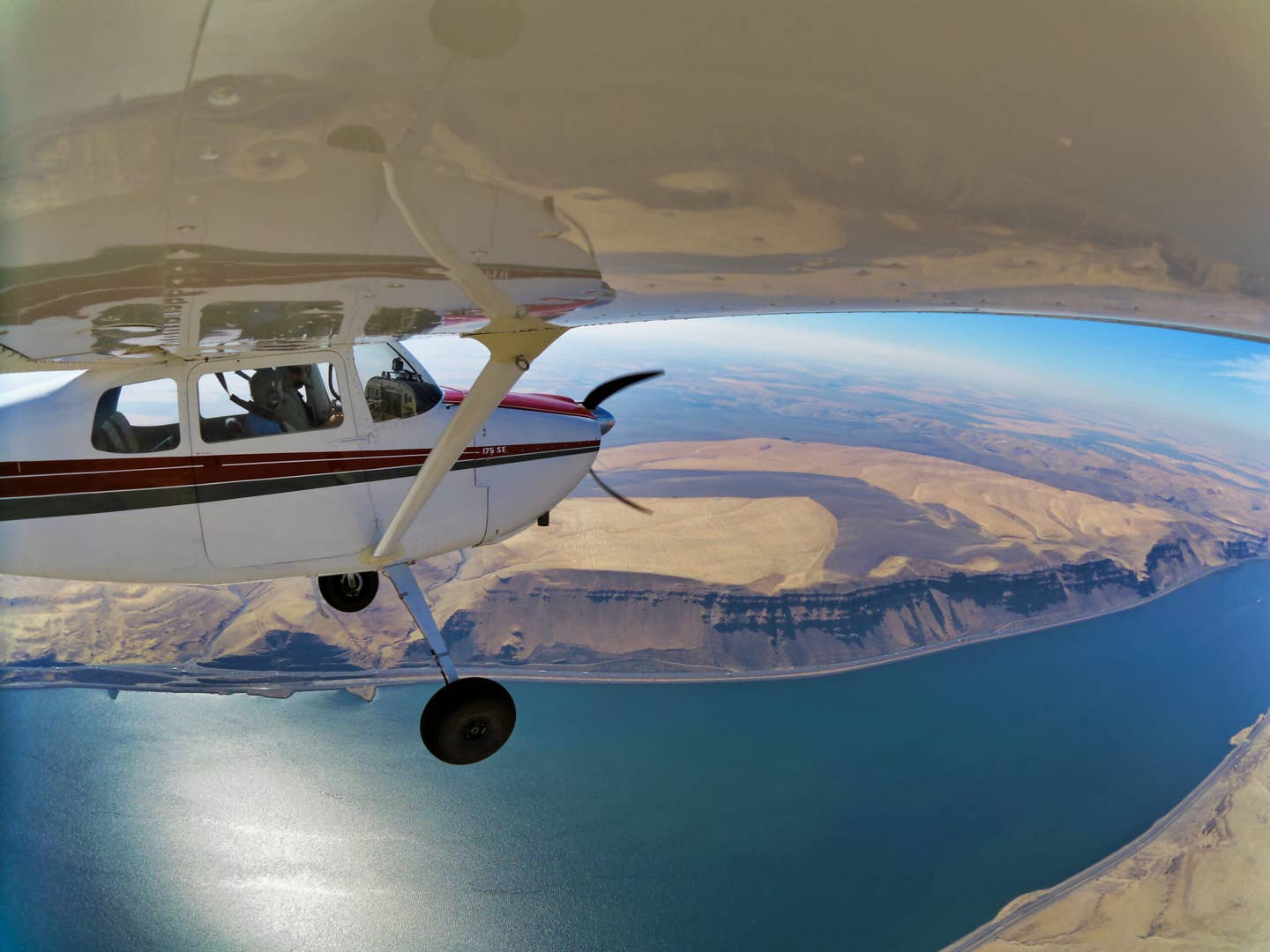How Pilots Can Deal With the Dreaded Summertime Heat
With warmer months around the corner, it’s important to know that heat management isn’t just about comfort.

Before you go up in the air on a hot day, there are some things you should consider. [FIle Photo: Shutterstock]
My least favorite time of year to fly has been the summer. Why? Heat.
Like a nagging nemesis, summertime heat has been the source of many unwanted events in the summer. It affects both airplane and pilot performances. Most pilots are acutely aware of how the heat will degrade performance and create adverse weather, but how it affects human physiology doesn't get the same attention.
However, as soon as you step onto that black tarmac or flightline for your preflight, it becomes even more apparent what the most challenging aspect of a flight might be. The FAA describes this as thermal stress.
In the context of aviation, the FAA defines stress as a state of physical, mental, or emotional strain resulting from some external or internal stimuli. Specifically, thermal stress becomes a significant factor in pilot fatigue and impaired performance. Even though many airplanes now have some form of an air-conditioning system, heat stress continues to be an essential concern because the capacities of most onboard cooling systems are deficient on the ground and at low altitudes.
Individual Pilot Performance Will Differ
Pilots also must exercise good judgment in taking care of students or passengers because, like any other stressor, all deal with thermal stress differently. This can be costly if you try to push another person to go along with you, as heat's effect on them might not be immediately apparent until in a critical situation.
When I've been in this situation in the past, it became clear that the heat affected my students if they seemed sluggish, mentally and physically. Even if they say, "I'm fine," from maybe not wanting to look bad or not being able to take stock of themselves fully, I learned it was my job to terminate a flight early if need be. The FAA cites at least six performance errors that pilots tend to show from heat exhaustion:
- Delayed reaction time
- Increased error rate
- Decreased attention span
- Poor response to emergencies
- Deterioration of physical stamina
- Impairment of a pilot's ability to handle cockpit management
How to Plan for Extreme Heat
Outside of flight training, GA pilots can adopt the same posture this summer if they plan to conduct long flights that could cause undue exposure to heat. In planning your flights, after considering the weather, leave yourself an out, a diversion airport, so that in case things begin to deteriorate, you can land and recuperate.
Pre-departure, what can you do to mitigate the effects of heat?
The FAA recommends wearing clothes that suit the weather. In extreme heat, aim for breathable fabric, like the material athletes use to ensure that your body can cool down by sweating. Whenever you perspire on the flight line, eventually, the sweat evaporates to cool the skin. Evaporation occurs during exercise and in a hot cockpit.
Managing your workload well is also essential. Pilots who fly solo must be very critical of themselves because, with no one there to watch them, external factors such as increased traffic in the airspace could require them to work more and add to their thermal stress.
Finally, consider the airplane's design, notably its ventilation and visual exposure that might contribute to an uncomfortable situation. For instance, while airplanes with wrap-around, bubble cockpits offer much visibility to see and avoid traffic, they leave pilots with very few countermeasures to combat direct exposure to the sunshine. Ultimately, the best hedge against dealing with extreme heat is flying as early as possible in the morning or later in the evening.
So, here's my free advice: hydrate. Pilots need to be tactical about keeping track of much fluid their body needs.
When possible, reduce your workload. If you're in a crewed situation, share your activities with the other pilot. The FAA also recommends that you avoid sweet sodas or juices, caffeine, alcoholic beverages, and undiluted athletic beverages. In terms of food, limit your salt.
When planning for a long trip, especially to a warmer location, you'll need to body to meet the demands of that location ahead. Simply drinking more water regularly leading up to that trip will keep you in the game. The FAA says this can take up to 10 days. Planning is paramount.
When you are aware of your body's physiological responses to thermal stress, you can take the necessary precautions to limit its effect on your body and lower your risk of thermal stress.

Sign-up for newsletters & special offers!
Get the latest FLYING stories & special offers delivered directly to your inbox






